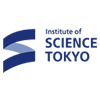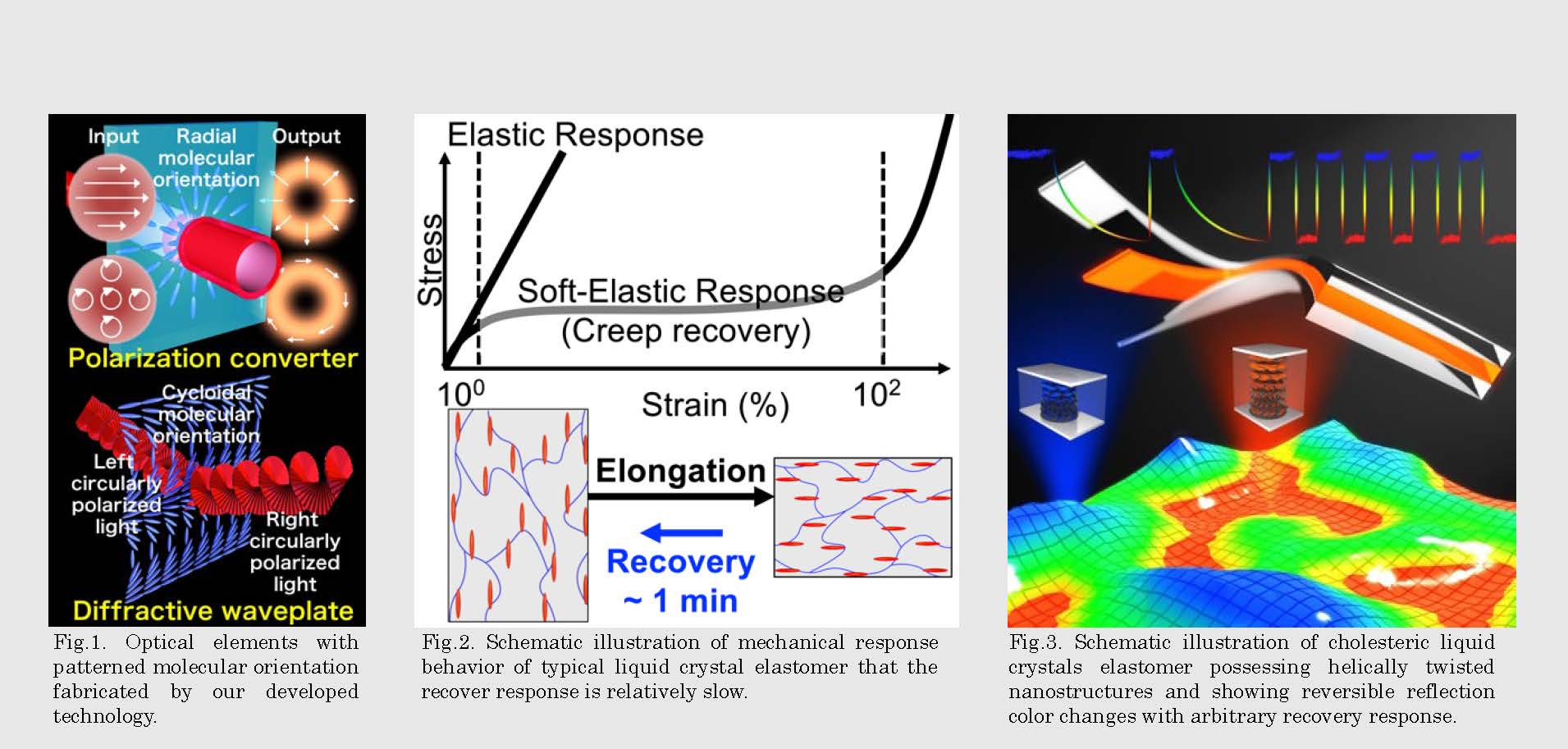
CLS
Laboratory for Chemistry and Life Science, Institute of Integrated Research, Institute of Science Tokyo
東京科学大学
総合研究院
化学生命科学研究所

LAST UPDATE 2022/09/07
-
研究者氏名
Researcher Name久野恭平 Kyohei HISANO
助教 Assistant Professor -
所属
Affiliation東京科学大学 総合研究院 化学生命科学研究所
分子組織化学領域
Laboratory for Chemistry and Life Science, Institute of Integrated Research, Institute of Science Tokyo
Molecular materials design -
研究キーワード
Research Keywords高分子材料化学
刺激応答フィルム
力・光学機能
Polymer materials chemistry
Stimuli-responsive film
Mechanical–optical functionality
- 研究テーマ
Research Subject -
ソフトマテリアルにおける分子配向・材料構造設計と機能開拓
Control and design of molecular orientation and hierarchical structures towards developing high-performance soft materials
研究の背景 Background of the Research
分子の配向・配列などの集合構造からマクロな材料構造までの階層構造を精密に設計・制御することで,分子性能・機能の単なる総和とは異なる新規機能を有したソフトマテリアルが創製できます。さらに,外部刺激と分子からマクロまでの相互作用を理解することは,階層構造制御に加え,ソフトロボティクスやマイクロ光学などへの応用が可能な高度な刺激応答材料の実現に繋がると期待できます。
Multiscale control and design of hierarchical structures, from a molecular orientation to a macroscopic structure, have attracted attention due to enabling the development of highly functional soft materials even with simple molecules. Understanding of stimuli-responsive behavior of soft materials in molecular-level and macroscale allows us to explore the potential of soft materials towards high-performance applications in the field of soft robotics, and micro-optics, etc.
研究の目標 Research Objective
階層的な構造制御のなかでも特に分子配向制御に着目してソフトマテリアルの高度な機能開拓を目指し,分子配向を制御するための新たな材料合成プロセスや分子機能-マクロ物性相関の探究に取り組みます。さらに,機能特性のセンシング材料や定量化技術の開発を通して,分子-マクロにおける性能・機能の相関性を紐解くことで,機能材料創製を推進します。
We aim to exploit a fundamental platform to develop highly functional soft materials with molecular-level to macroscopically controlled hierarchical structures. Through fabricating advanced sensing materials and/or techniques, we try to reveal the relations between molecular-level ordered structures such as molecular orientation and macroscopic materials performance.
研究図Figures

Fig.2. Schematic illustration of mechanical response behavior of typical liquid crystal elastomer that the recover response is relatively slow.
Fig.3. Schematic illustration of cholesteric liquid crystals elastomer possessing helically twisted nanostructures and showing reversible reflection color changes with arbitrary recovery response.
論文発表 / Publications
Adv. Funct. Mater., 31, 2104702 (2021). J. Opt. Soc. Am. B, 36, D112–D118 (2019). Science Adv., 3, e1701610 (2017). Appl. Phys. Express, 9, 072601 (2016). Aggregation-Induced Emission (AIE): A Practical Guide, 373–395 (2022). Handbook of Aggregation Induced Emission, 555–574 (2022). 高分子, 70, 432–433 (2021).
研究者連絡先 / HP
- hisano
 res.titech.ac.jp、hisano.k.6c6c
res.titech.ac.jp、hisano.k.6c6c m.isct.ac.jp
m.isct.ac.jp - http://www.polymer.res.titech.ac.jp/